ESP – ENG

*Skylark (Alauda arvensis)
At least one in five Europeans is currently exposed to noise levels considered harmful to their health. In urban areas, this number rises to one in two. These statistics come from the European Environment Agency noise report, published in 2022.
Undoubtedly, the inhabitants of Blancas (Teruel) are not among them, at least not yet. It is a cold December dawn and I’m setting up my recorder at one of the village’s landmarks. I’m struck by the sound of the wind blowing through the branches of its of its metal juniper tree, a replica of its true icon, its thousand-year-old juniper tree.

HOW IT ALL STARTED
When I published my article on Silence last year, I discovered the work of Quiet Parks International. I immediately felt connected to its purpose. I continued my research, which led me to One square inch of silence, a book written by co-founder Gordon Hempton, in which the author travels around the USA in his van, Vee-Dub, loaded with his recording equipment and sound level meter, in search of the least acoustically polluted and most threatened places.
As he travelled on, I realised that the strict criteria he had set for identifying the last remnants of silence in the North American country were more than possible in the surroundings of Montañas Vacías: For him, the most valuable measure of the acoustic quality of a site is the time interval between man-made noise encroachments. In his experience, silences of more than 15 minutes were extremely rare in the USA, and almost impossible in Europe, except for some regions in northern Finland and Norway.
I was convinced that there was another area, a huge one, further south.
Both Gordon Hempton’s book and the material I discovered on the Quiet Parks website (QPI from now on) opened up a new dimension in my journey to preserve quiet in our area.
If it was so difficult to find places that met those quality parameters, it meant that the resource I was starting to explore was much more valuable than I imagined. Perhaps this place hid a treasure that we were barely appreciating or conserving. Something had to be done.



«SOUNDPACKING»
With that purpose in mind, I decided to buy a small recorder to experiment with soundscapes, a discipline that vividly reminded me of my first steps in photography: it makes you more aware of what your senses capture and helps you discover a new point of view on your surroundings. Or should we call it an point of hearing?
Similarly, it pairs perfectly with cycling, as the recording equipment fits seamlessly into my hip bag alongside my camera. And so, the idea of «soundpacking» was born. The recorder became a regular tool on my bike rides and multi-day trips. Always attentive, seeking moments to capture the beauty of a soundscape: the wind in a tree, a stream, a bird’s song, the rain. Like photography, it’s about conveying emotions. That’s the challenging part.
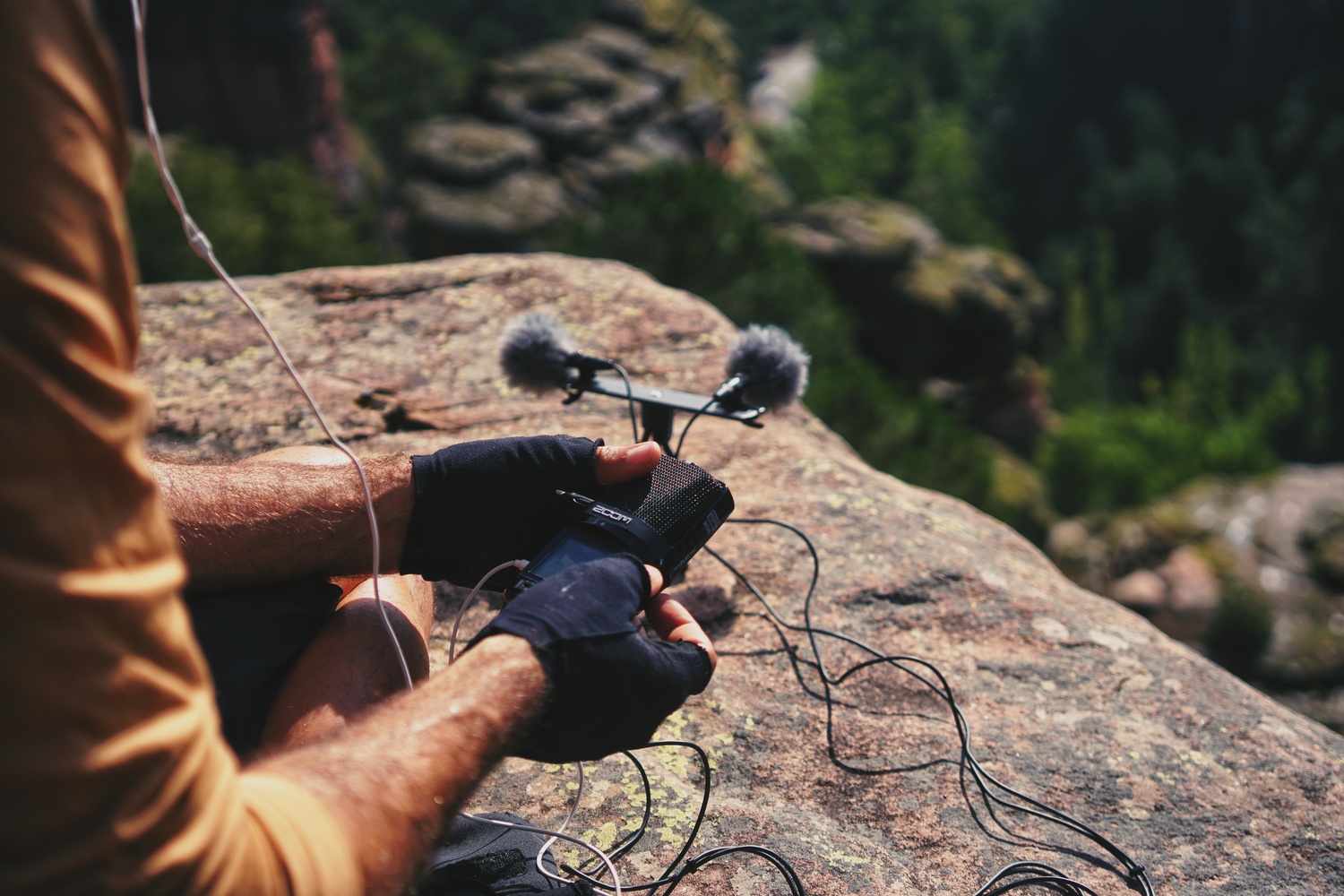
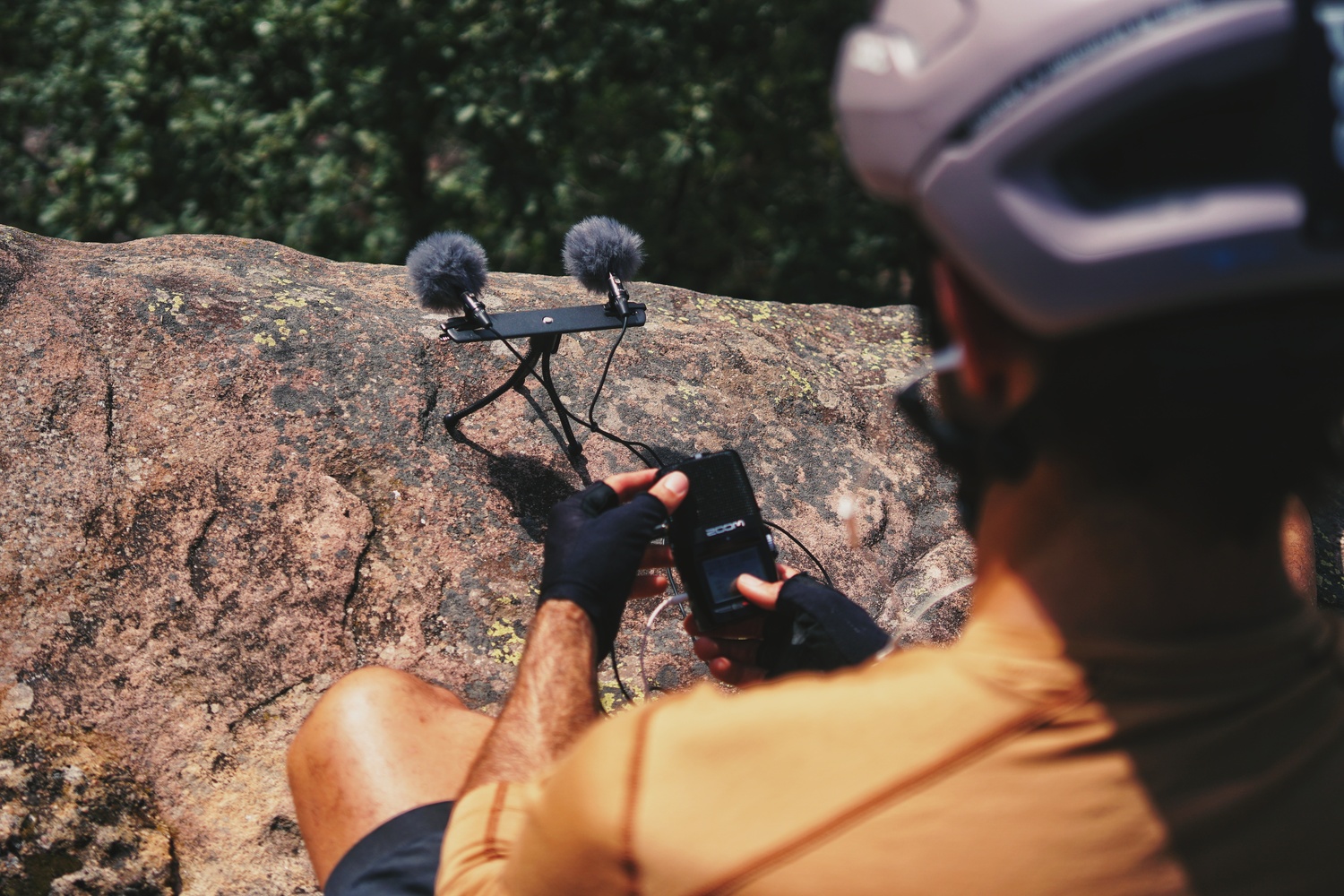

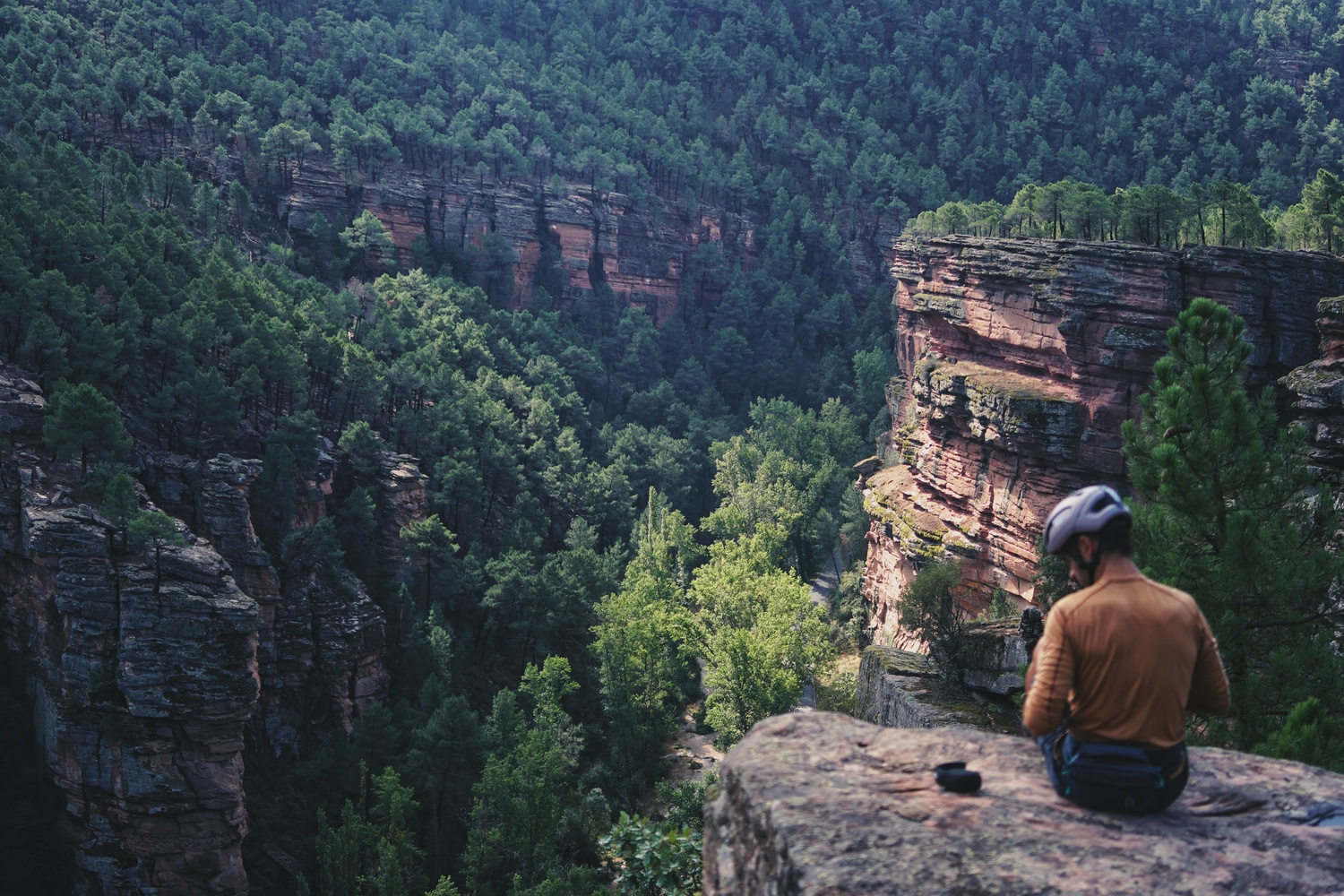
Here are some of my recordings, which you can also find on my Soundcloud profile:
MY LEARNINGS
Several months have passed since I immersed myself in this new art. I believe it can be a powerful tool for raising awareness and conserving this resource, so from now on, I will be sharing my progress with you.
However, throughout this process, I have already been able to discover different perspectives, learn about experiences in other places, and gain insights from other projects. Here, I summarize some of my learnings in various areas:
SANCTUARIES
In a life saturated with bustle, stress and crowds, environments and experiences where natural silence is protected are of enormous importance. Their positive effects on physical and mental health are beyond doubt. As Hempton mentions in his book, they can be considered true «sanctuaries of silence».
For many, MV has meant an experience that goes beyond the journey, beyond mere cycling, considering it more as a space of retreat, of reconnection, of total communion between the visitor and the territory through its landscapes and inhabitants, where silence and solitude are its most outstanding values. An inner journey whose concept has been shaped by the travellers’ own experiences over the past few years.
Furthermore, promoting the conservation of these natural sanctuaries is the best way to protect their wildlife and habitats, and a great opportunity for their inhabitants.
AWARENESS
It is therefore necessary to learn that we must take care of this acoustic heritage in the same way we protect architectural or environmental heritage, and to be able to identify its threats in the same way that we know how to identify those that threaten, for example, the cultural heritage of our villages or the ecological value of our forests.
We may all be able to recognise the damage caused by graffiti on a historic building or the litter in a forest, but we have yet to make progress in recognising the real damage caused, for example, by playing music too loudly in certain natural environments.


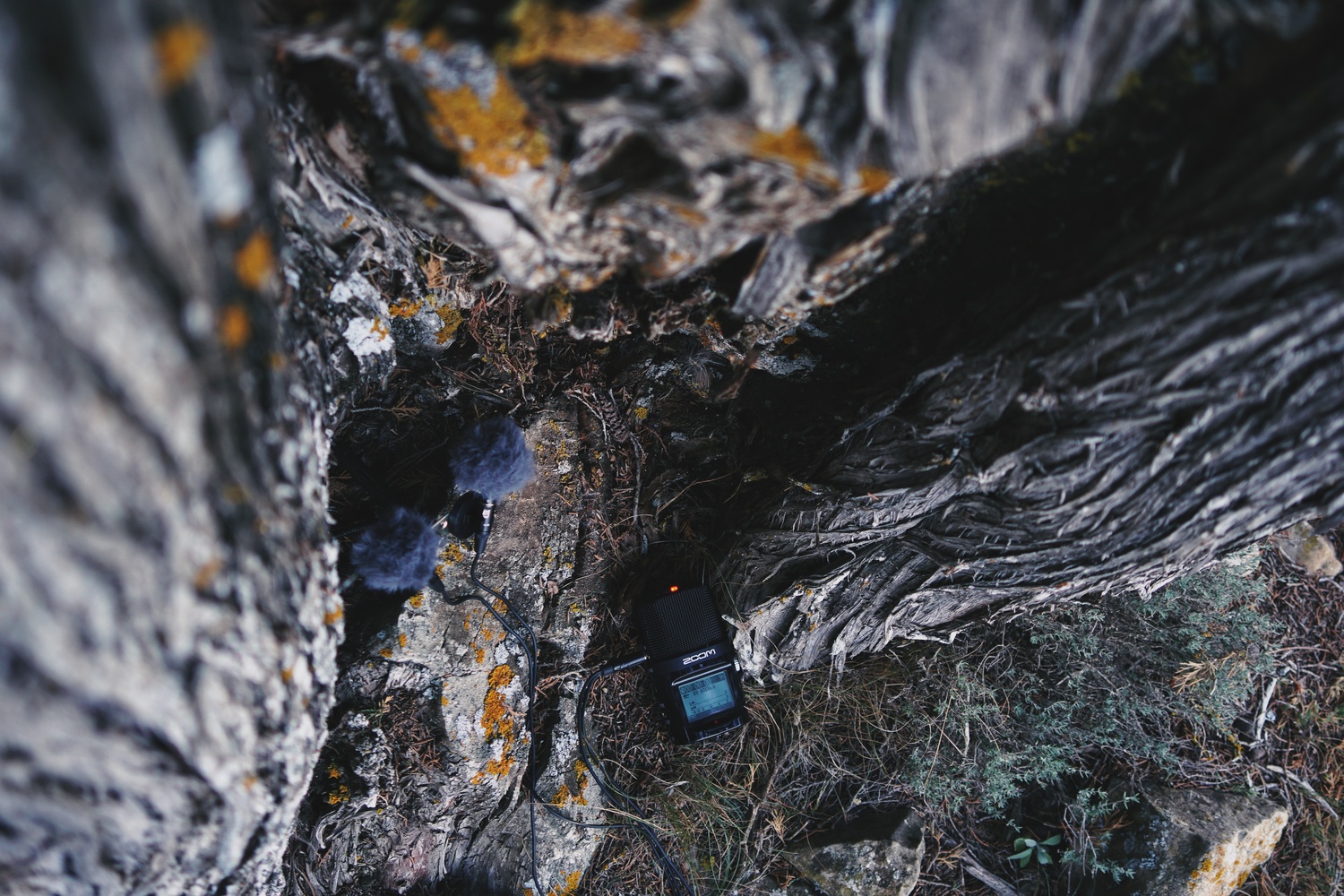
ADMINISTRATION
We need brave administrations in this respect. They must understand silence and its conservation as a resource for our communities, a sign of identity. But also as an opportunity for the future.
Some simple measures could be:
- Promote the creation of non-motorised routes that allow walkers, horse travellers or cyclists to enjoy a quiet experience, protect certain places from overcrowded tourism and reduce the risk of forest fires. Of course, it must be properly regulated to allow authorised vehicles, professionals, guards, etc. to pass. On my recent trip to Scotland and England, I rode hundreds of kilometres on unpaved, traffic-free roads, and the feedback I received in the villages was overwhelmingly positive.
- Another simple measure would be to avoid «over-asphalting» natural roads with a high natural richness. There are some recently asphalted roads, or in the process of being asphalted, which make some very valuable sites too accessible, without a clear function of communication or linking sites. Especially when there are villages nearby with access roads in poor condition where such tarmac would be welcome.
- Awareness campaigns. You only love what you know, and today there is still a long way to go in recognising natural silence as an endangered resource. It wouldn’t be too difficult to incorporate acoustic respect messages into other existing awareness messages, such as fire prevention, litter-free spaces or respect for flora and fauna.
- Vigilance and control. Steps must be taken to control activities that threaten this resource, such as music played too loudly in natural settings or at inappropriate times. And if such rules already exist somewhere, push for them to be followed.
- Better decisions. Taking account of one of your most valuable and endangered resources can be the best decision-making tool for new infrastructures, projects, deployments, etc.


THE VISITOR PROFILE
Enhancing the value of our acoustic wealth is a tool that also allows us to shape the visitor profile in a certain way, something that is really interesting for our villages and natural environments. It allows a greater emphasis on quality rather than quantity. The number of visitors doesn’t matter, what matters is the positive impact on the area. We often read headlines about the number of visitors to some natural environments, but we don’t really talk about whether it’s really what the conservation of that place needs, nor about the real economic impact on the villages in the area.
A more specialised and aware visitor profile is less seasonal, more spread out throughout the year, but also more spread out across the territory, taking visitors outside the usual ‘honeypots’. Proof of this has come over the last five years with the arrival of bikepackers from all over the world for most of the year, even in low season, visiting places not normally reached by traditional tourism.
It is clear that the process of raising awareness of the need to preserve quiet in our natural environments can be very complex, and creating new inertia and habits in society can be frustrating, that getting administrations to act is not easy and even less quick, but that’s why it’s important that we all do our bit to promote and spread these values. May we be the change we wish for the world. Only by raising social awareness of the importance of natural quiet can we increase the chances that steps will be taken to protect it in the medium term.
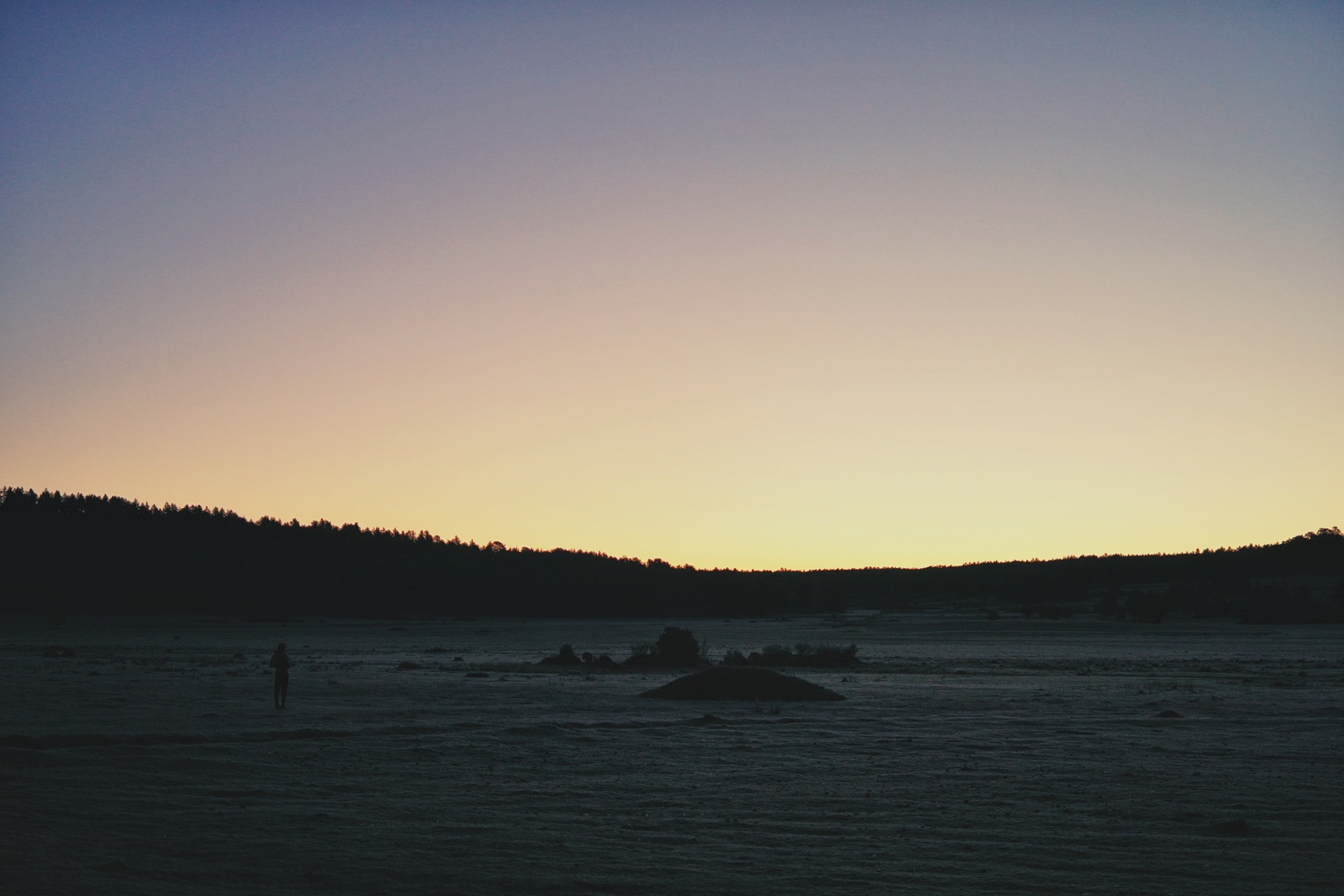
Action
One hour after setting up my recorder, only a tractor on its way to its daily tasks has disrupted the perfect acoustic quality of this place. I wind up the microphone cables, store them next to my camera, and continue pedalling.
In Blancas they’re still in the safe part of statistics. Whether you’re in or not, it’s time to stop looking the other way. It is time to take action to protect the last remaining Sanctuaries of Silence in Europe.

*Ruiseñor común (Luscinia megarhynchos)
